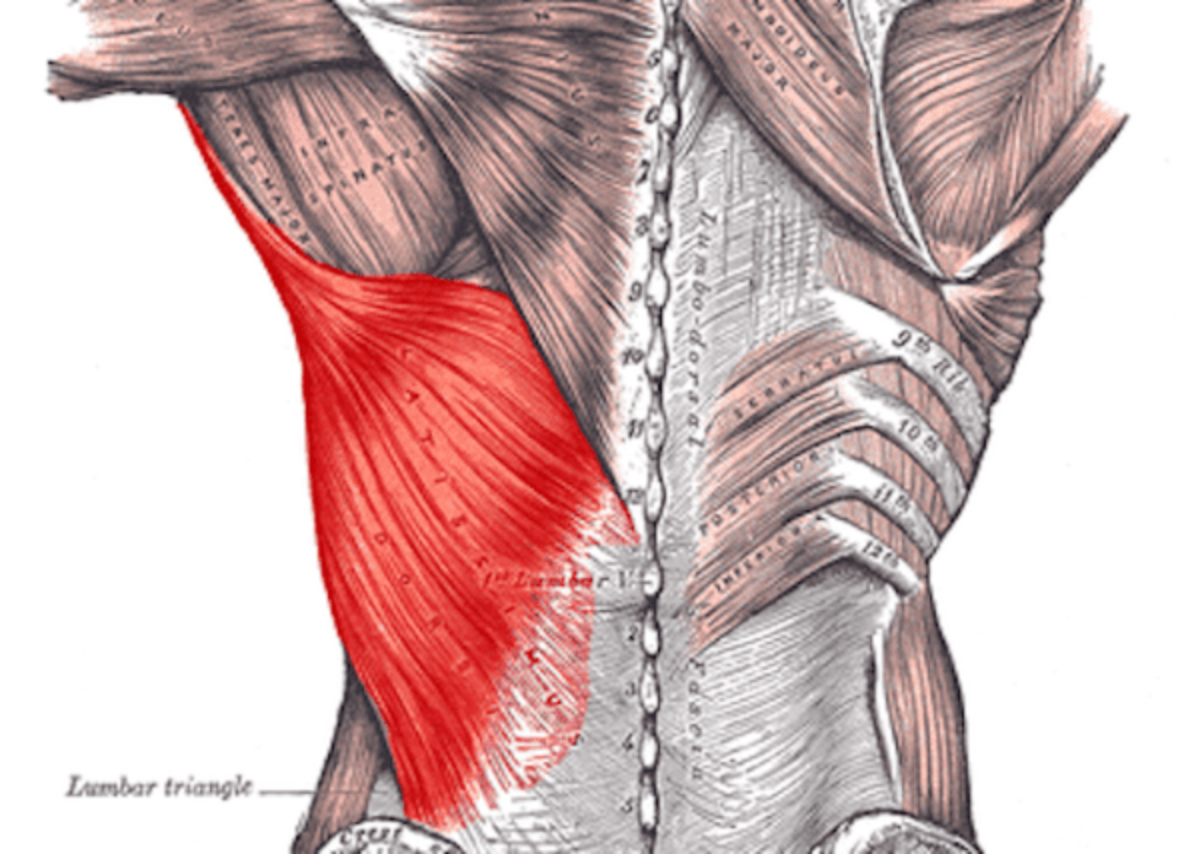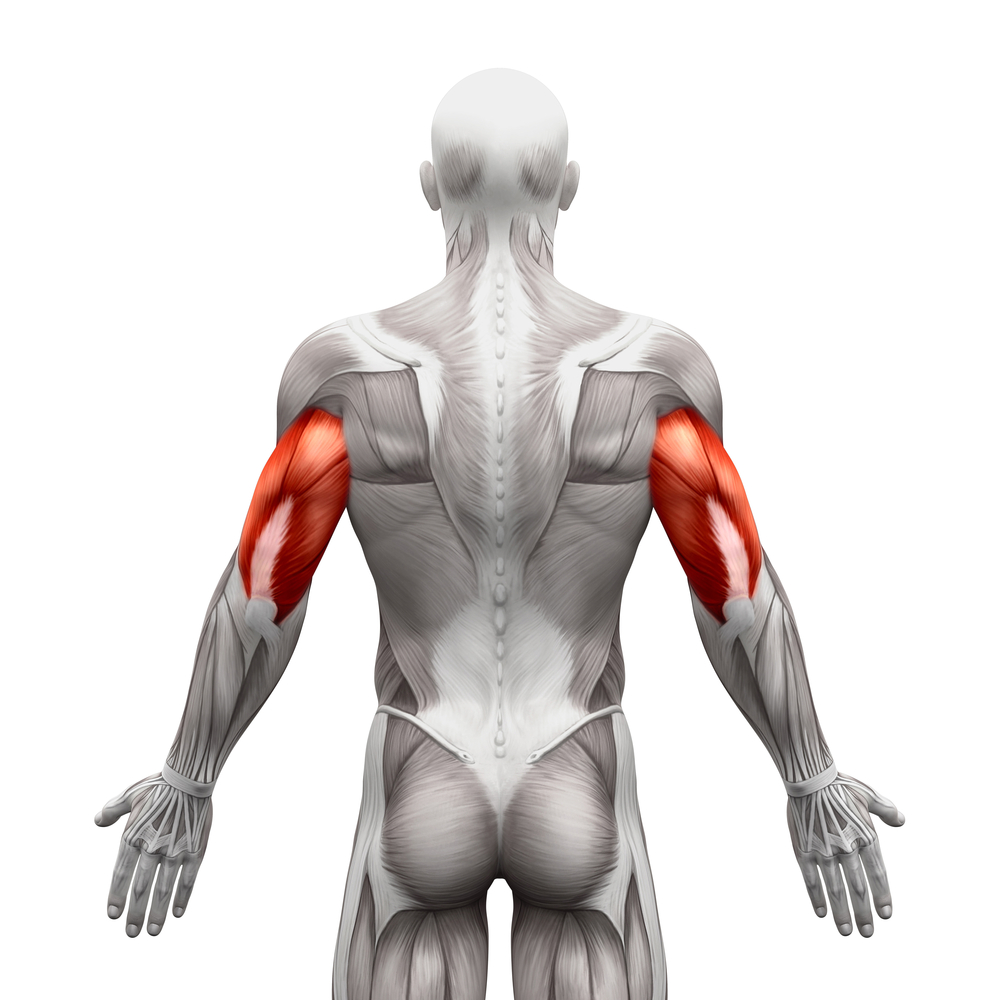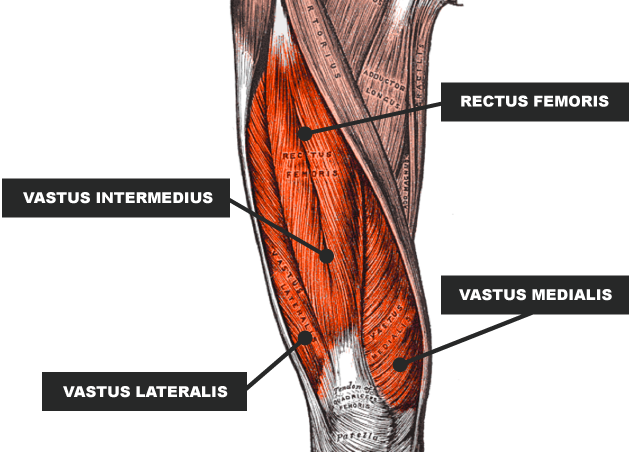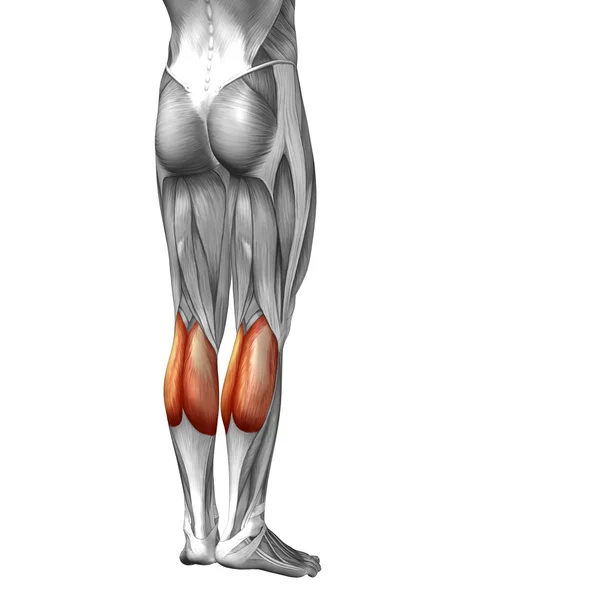Lifting weights is often times done recreationally, however if one has the desire to gain optimum strength as well as gains there are a few guidelines that you must adhere to. The first one is having a basic understanding of the different muscle groups in your body and how they work.
- The Chest Muscles
The chest muscle consists of the muscle group called pectorals. Developing these muscles aids in good posture but specifically aid persons who are involved in martial arts.
- The Back Muscles
Secondly there is the back, which consists of a wide range of muscles stretching from the buttocks to the shoulder. These muscles are:
Latissimus Dorsi: The lats facilitate the body in pulling movements and compliment the arms in pursuing various physical activities like pulling something into your body.

Rhomboid: The rhomboid major helps to hold the scapula onto the rib-cage. They originate from the spinal cord and merge into the scapular bone.

Trapezius: The traps control the scapulae or the shoulder blades and play an important role in shrugging and neck movements.

Erector spinae: These are muscles that help to extend the spine and are key in posture. They are also important when bending forward, and sideways.
- The Arm and Shoulder Muscles
Biceps: This muscle is found in the front of the upper arm. The biceps help control the motion of both the shoulder and elbow joints. Basically, this muscle helps bend or curl the arm toward your body.

Triceps: The triceps are muscles in the back of the upper arm. These muscles help stabilize the shoulder joint and allow the elbow joint to be straightened.

Deltoids: This muscle group is used on all side of body lifting motions and they provide support when you carry things.
:max_bytes(150000):strip_icc()/Posterior-Deltoid-56a0b03f5f9b58eba4b2d4ad.png)
- The Abdominal Muscles
The abdominals assist in the breathing process and protect inner organs. They are key in twisting motions, such as a golf swing or looking behind yourself. It consists of muscles on the side of it also called obliques that aid in flexing. 
- The Legs and Gluteal Muscles
Hamstrings: The hamstrings are the huge muscle group in the upper back part your thighs. Its main function is to bend your knees and help propel your body forward in such activities as walking or running.
Gluteal: The glutes are muscles of your buttocks and are key muscles in the movement of the legs backward and sideways. The glutes also help you maintain balance in walking, running or jumping.


Calves: The calves are located in the lower back part of your legs and are the key muscles when you lift your heels up to walk, run, and go upstairs. They are also important for explosive moves such as sprinting, jumping and climbing.

Question
- What muscle is your favorite to work and why?











